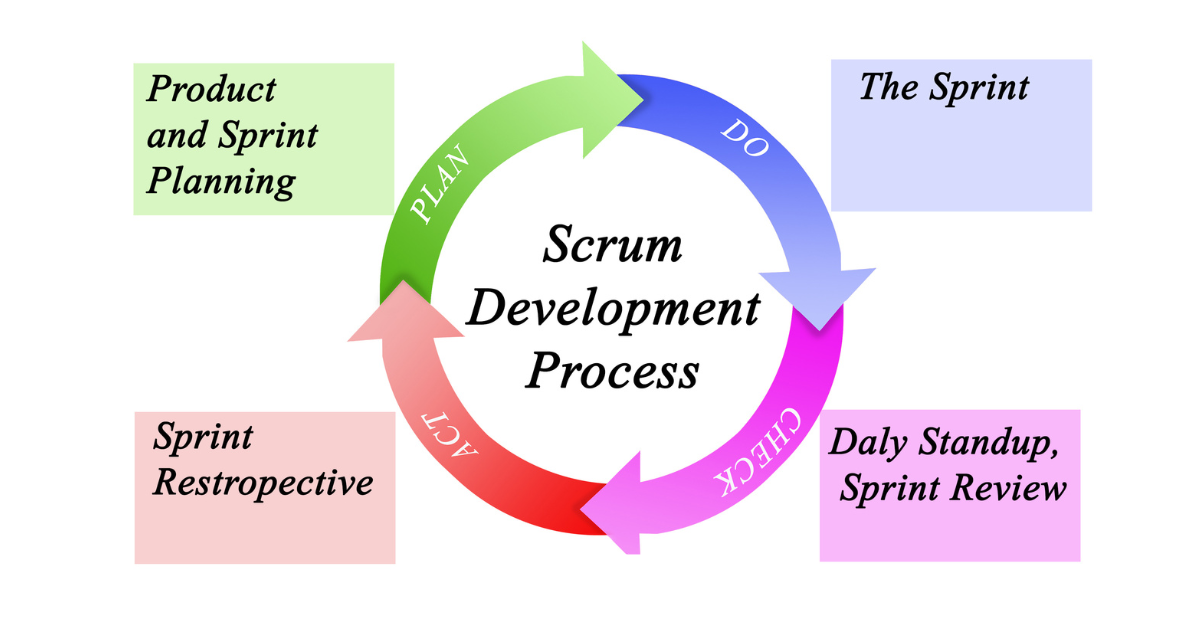
Leveraging SAFe 5.1 to organize around value and maximize customer-centricity
SAFe 5.1 doubles down on the importance of organizing around value. SAI SAFe Fellow, Andrew Sales will cover new and updated guidance for effectively identifying Operational and Development value streams to maximize the value you’re creating for your organization and accelerate time to market.
AgileSparks SPCT Yuval Yeret will bring his experience from working with dozens of enterprise-level technology companies to share practical tips and techniques that can be used with SAFe 5.1 to combine customer-centricity and Operational Value Stream identification. These patterns have helped both ISV enterprises, as well as IT organizations, organize around value.








